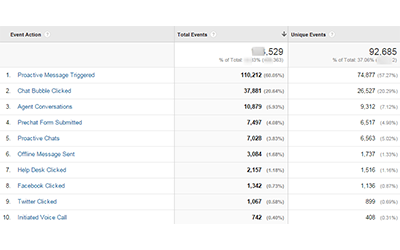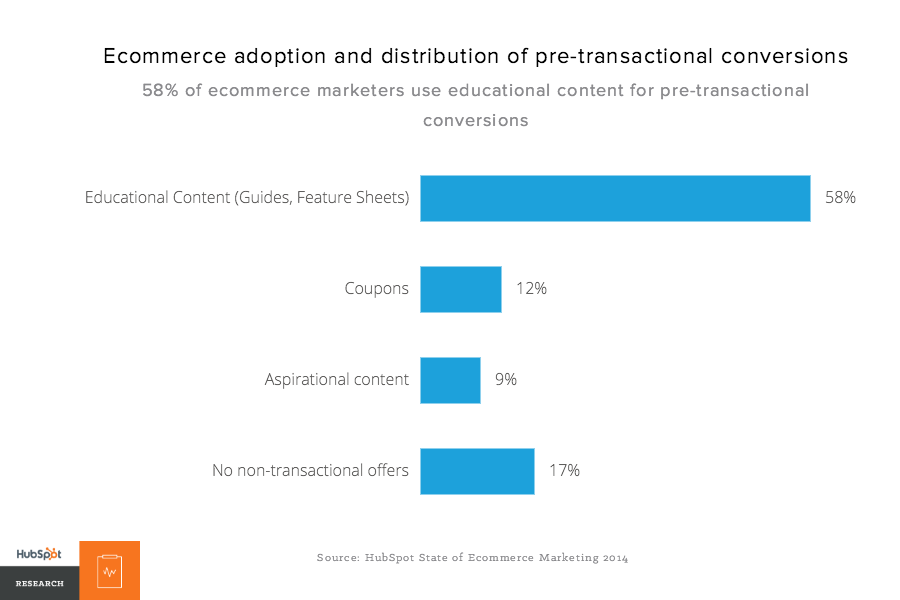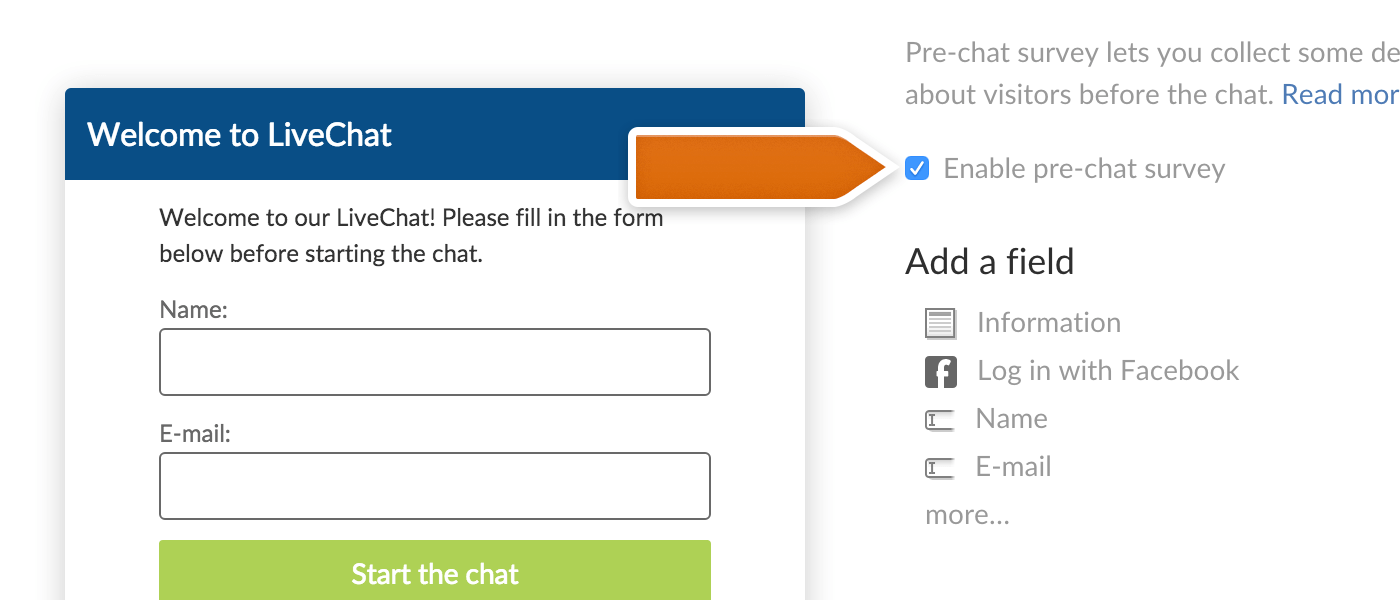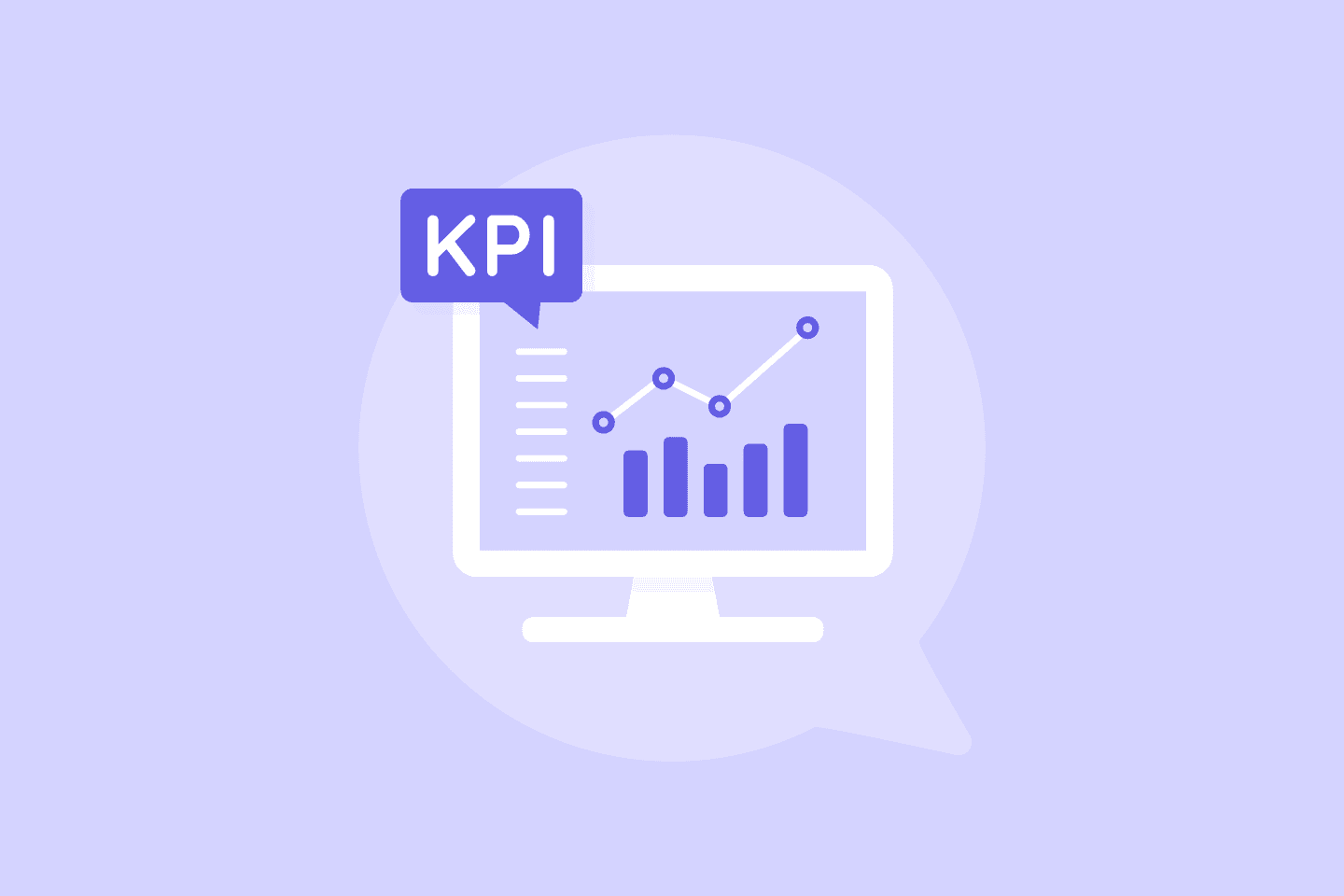Today’s customers expect instant replies from companies. It’s the era of immediate gratification.
While live chat is central to customer support, it’s also seeing a quick adoption as a conversion and sales tool. It works because customers resolve their concerns and are more likely to press the BUY button.
Still, most businesses struggle with measuring the effectiveness of their pre-sales chat. Here are 5 key performance indicators (KPIs) you can focus on for optimizing your conversions through pre-sales chat.
1. Number of sales influenced
Live chat is effective in addressing your audience’s pain points and increasing engagement, but ultimately it should lead to more sales.
Want to segregate the influence of your pre-sales chat system?
Hand over coupons to your sales team. Consumers love discounts (here’s an article on online retailers that offer coupon codes via live chat).
If your pre-sales chat agents are handling your customers competently, then it should reflect in your revenue.
2. Conversions with chat vs. conversions without chat
Google Analytics (GA) can unlock incredible insights on your website’s traffic.
For instance – It can discern how your conversions and revenue compare for instances when prospects don’t live chat vs. prospects that do.
How to set up GA?
You’ll need to create an event. Set the action to a visitor responding to the chat prompt on your website.
Depending on your live chat client, you might get integration with GA to access key stats. For instance, Clickdesk tracks the following events for its customers.

It even gives an overview of the Agent conversion percentage.

3. Number of emails collected
Do you know that 99% of first-time website visitors are not ready to buy?
A great way to extend the conversation is their inboxes. If you solicit their emails before you start the live chat, then you can send them relevant and value-adding content.
You can also email announcements or an exclusive offer to bring them back to your website. With some love and care, you’ll earn their trust.
Here’s the kind of content eCommerce marketers use to build a relationship with their prospects.

In order to collect emails, you can use a pre-chat form. In your live chat client, you should find an option to conduct a pre-chat survey. Try to limit the number of fields to two.

4. Time to respond
To increase customer satisfaction, the wait time after a live chat request is placed should be as low as possible.
If you have to pass on pre-written templates to your agents, then so be it. Ideally, your response time should lay in the range of 30-60 seconds.
If you’re unable to hit the target, then:
- Either, your chat operators are slacking off or dragging in their conversations with customers.
- Else, the volume of chat requests isn’t optimal for your chat support resources.
Take appropriate action to fix the above issues as needed.
5. NPS (net promoter score)
Which entrepreneur doesn’t crave loyal customers?
They go on to become your brand ambassadors. And word-of-mouth marketing is an extremely effective tactic to grow a company.
Cut to…
NPS score: a post-chat tool to understand consumer sentiment.

You get feedback on both – your customer experience and your product. If a majority of your visitors are unlikely to recommend your company to their friends, it’s a red flag.
Another missed opportunity is businesses letting their prospective promoters lay dormant.
LiveChat launched an NPS initiative under which they engaged with their product reviewers with specific requests.
The result?
They grew to 19k customers without splurging dollars on sales and marketing.
If you want to automate your growth to your happy customers, then GrowthScore is a great tool for the same.
Now, it’s your turn. I want to know the metrics you use to measure the effectiveness of your pre-sales live chat. Let me know in the comments.




